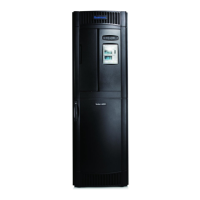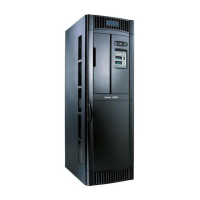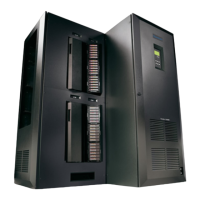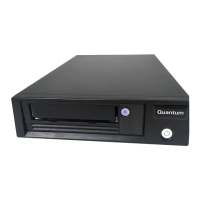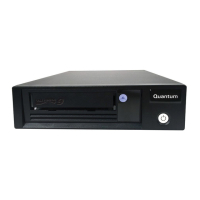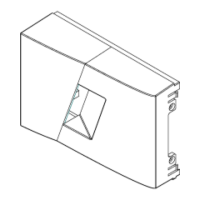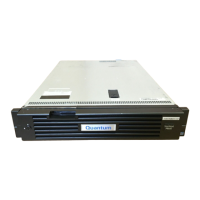Glossary
Scalar i500 User’s Guide 551
pointing device. Also referred to as a Windows, Icons, Mouse, and
Pointers (WIMP) interface.
H
HAT (Host Access Table) The HP FC Storage Networking drive saves
current and previously logged-in host information in a Host Access Table
(HAT). An entry is a combination of a host’s WWPN and the drive’s FC
port to which it is connected. Host information is stored and maintained
in the HAT until filled up, in which case the oldest unused entry is freed
to allow a new host to get registered in the HAT.
HDD (High Density Drive) A drive that contains increased storage
capacity of bits and/or tracks per square inch.
Home position Accessor axes positioned at 0 vertical and 0 horizontal,
that serve as the point of reference for the position of other library
components. Home position is used as a basis for calibration.
Host In general, a host is a computer or program that contains data and
provides services to other computers or devices. In Fibre Channel terms,
a host is a computer that initiates contact with storage devices.
Hot swappable The ability to replace a defective component while the
system continues to function normally.
HTTP (Hypertext Transfer Protocol) The communication rules by which a
Web browser (client) and a server delivering Web pages exchange
information.
I
I/E (Import/Export or Insert/Eject)
The movement of data or hardware in
and out of processing and storage systems.
I/E slot A bin that contains a single piece of media in the I/E station.
I/E station A door on the front of the library that contains tape
magazines, into which cartridges to be imported are placed manually or
cartridges to be exported are placed by the picker.
Interoperability The capability of two or more hardware devices or two
or more software routines to work together.
IP (Internet Protocol) A protocol that specifies the formats of packets and
addresses. Addresses are formulated as four groups of 2 or 3 digit
numbers separated by periods, such as 255.255.255.255.
K
Kernel
The heart of the UNIX operating system. The kernel is the part of
the operating system that allocates resources and controls processes. The
design strategy has been to keep the kernel as small as possible and to put
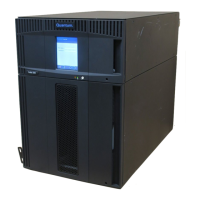
